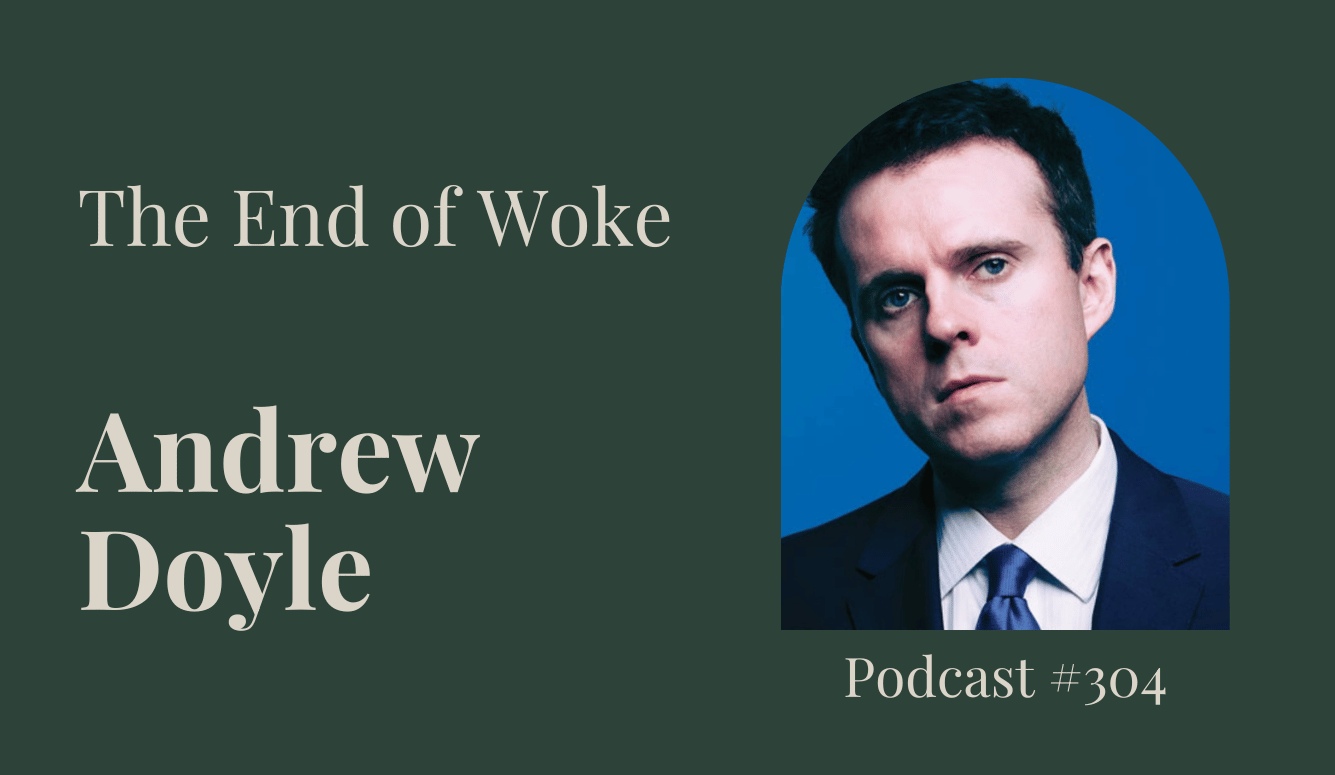film
Roger Corman: A Filmmaker’s Filmmaker
An account of all the lives Corman touched, the careers he helped to jump-start, and the genres he pioneered would fill several books.

Roger Corman, the director of The Little Shop of Horrors (1960), The Intruder (1962), The Wild Angels (1966), and The Trip (1967) and the producer of such films as Battle Beyond the Sun (1962), Boxcar Bertha (1972), Caged Heat (1974), and Grand Theft Auto (1977), died on 9 May 2024. He was 98 years old. During his 70-plus years in the film industry, Corman had come to be known variously as “The Pope of Pop Cinema,” “The Spiritual Godfather of the New Hollywood,” “The King of Cult,” and “The King of B-Movies.” His contributions to cinema were monumental.
Corman was born in Detroit on 5 April 1926. His father, William, an engineer, worked for Henry Ford and designed a bridge for Ford’s Greenfield Village in Dearborn, Michigan. When Corman was a teenager, the family moved to California, where he attended Beverly Hills High School and first fell in love with the movies. After school, he studied engineering at Stanford. His studies were interrupted by World War II, during which he volunteered for the V-12 Navy College Training Program. After graduation in 1947, he went to work for US Electrical Motors—but he held out only four days before quitting his job in favour of a position as a messenger boy in 20th Century Fox’s mail room. He then worked briefly as a script reader—an experience that convinced him that he could write better scripts than those he had been assigned. His first successful script was sold to Allied Artists and formed the basis of the 1954 film Highway Dragnet. Corman used the $4,000 he made from that movie, along with donations from friends and family, to finance his first feature film: The Monster from the Ocean Floor (1954). Between 1955 and 1960, Corman directed or produced more than thirty films for American International Pictures (AIP), most of them westerns, science fiction, or teen films, which were shown at drive-in cinemas.
All of Corman’s early films were shot in less than two weeks and cost less than $100,000 to make. He went to extraordinary lengths to ensure that his movies were completed on a tight schedule and an even tighter budget. He would have his cameramen follow ambulances and fire trucks around so that he could use the footage. To save time, Corman would film every shot in a single take. To save money, he didn’t obtain permits, but would simply shoot scenes on location as quickly as possible and then beat a hasty retreat before the police arrived. The filming of The Little Shop of Horrors (1960) demonstrated Corman’s money-saving methods: he completed it in just two days, so that he could use the sets from his previous film, A Bucket of Blood (1959) before they were torn down. In addition, Corman had an eye for talent. A young actor and screenwriter named Jack Nicholson had a small role in the film. It would not be the last time Corman gave a future titan of Hollywood their first break.





